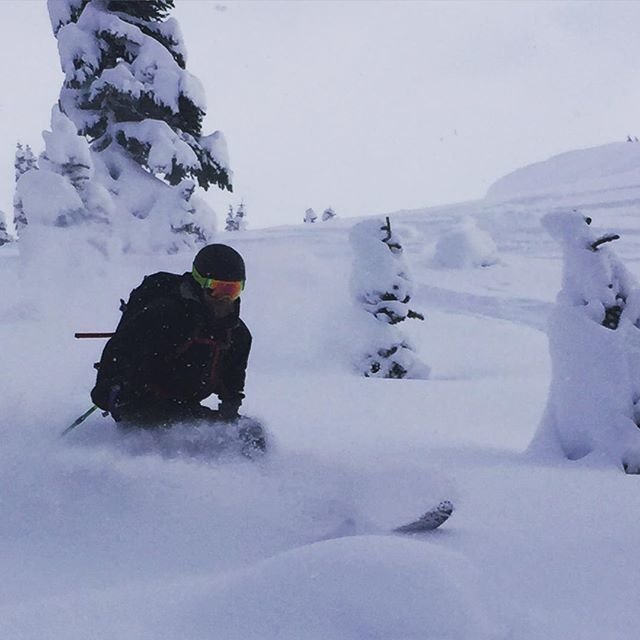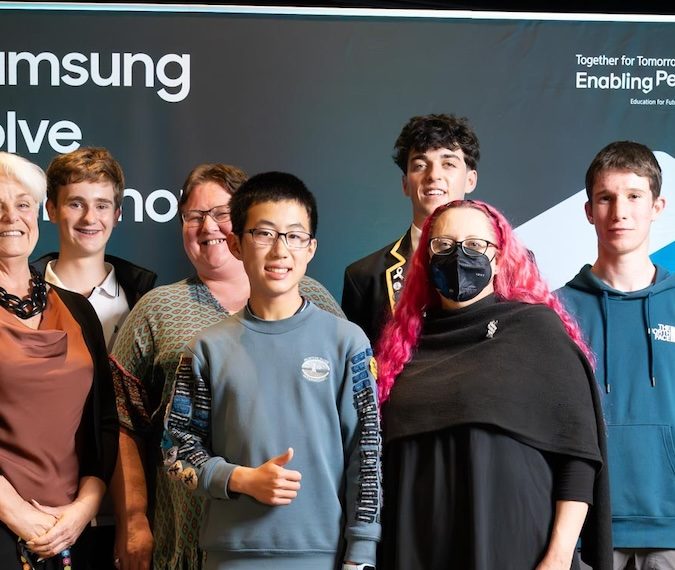Breathing space: How a Kiwi skier designed a product to save lives in the snow

The issue was brought especially close to home for Julian when a friend and fellow ski field instructor was off duty skiing and fell into a tree well. The incident happened during Julian’s time in Vancouver, Canada, and prompted further research. He soon found snow immersion suffocation accounts for 30 to 40 percent of skier deaths in North America, so he designed, constructed and user tested his solution.
When stuck in avalanche debris, tree wells or deep snow, the inability to source extra oxygen forces victims to breathe in expired air, causing Co2 to saturate the air flow. Co2 saturation is a key cause of asphyxia and is likely to occur in the initial 15 minutes of the burial.
Julian’s device manages to filter air from the snow and separates inhaled breath from exhaled breath, allowing the user to breathe for at least an hour, increasing the opportunity to be rescued. Using his own 3D printer and design nous, Julian provides an alternative to the overpriced, unwieldy safety accessories that are currently on the market.
“It’s a way of separating your inhaled breath from your exhaled breath. The product is a tube with a series of valves where you breath in one area and you are breathing out a separate area.”
The emergency breathing device sits inside the ski jacket, where the mouthpiece is integrated inside the collar and the length of tubing runs down to the bottom hem. This is where the user’s intake is.
Julian took trust exercises to new heights during user testing in Canada, with his partner burying him in one metre of snow for over an hour.
“It was interesting. Essentially you have to be buried in snow and have to have someone sitting there watching you and staying out of view from the public so nobody is worried, but also not being far from services. There was a little bit of trust involved between me and my partner, but we had signals and stuff – I would wiggle my feet so she would know that I was all good.”
The device outperformed expectations and Julian has edged closer to his mission. Two of his prototypes are currently being fine-tuned by a local industrial design company.

Julian, who recently took home an AMP scholarship and $10,000 to pursue his dream, says there is already plenty of interest in the product, particularly from jacket manufacturers.
“I certainly have in the small circles of backcountry skiers and even resort skiers in the communities that I know, in BC in Canada and a few people within New Zealand are really showing some real interest as well as a few investors looking to jump on board, so I’m trying to figure that out. It’s baby steps now from the commercial side of things.”
Julian has a patent pending, and the result is expected in the middle of next year, however he credits North America as a key market to target.
“It appeals to each market for different reasons, we certainly have an avalanche risk but potentially the tree well inbound resort risk in North America might be the biggest market to hit, so that is the hidden danger that not many people talk about but one of the biggest contributors to deaths when skiing.”
However, he argues the market could also hold relevance locally.
“Certainly down south in Otago and Canterbury there is a lot of scope for this to be used. It is only a matter of time before the back country scene is exposed like it has in other parts of the world, it’s right around the corner. The fact that we have so many club fields that don’t have the amount of resources and personnel that some big ski resorts have in North America that have avalanche control and avalanche safety, having an extra device offers a bit of peace of mind if something goes wrong.”
Safe and sound
It’s no secret clever design can enhance safety, providing a key source of injury and death prevention. In light of Stuart Julian’s oxygen pipe here are three ideas aiming to save lives.
1) Two students from Sweden, invented an air bag for urban cyclists, winning the Venture cup competition in 2006 for innovatory design. According to Stanford University, the HÖVDING range are up to eight times safer than traditional bike helmets, which embeds sensors and algorithms which activate the helmet to inflate before accidents. The airbag is designed to mitigate impact during accidents, and expands to become both thicker and softer than a traditional helmet.
2) The D30 shock absorption applies to a wide spectrum of sports and works with specialised brands across different fields. The malleable armour comes in a polyurethane form with a whole bunch of extra additives, the combination of chemistry and industrial design provides a product which to nullify impact. The brig orange product obtains a low profile coupled with ensured security, designed to stiffen at the point of impact to dissipate damage.
3) The construction sector’s archaic use of fluoro vests and hard hats could be turned up a notch. An emerging alternative is wearable tech, featuring an IoT powered hat and vest which relies on kinetic energy generated by a worker’s motion. The hat or vest has the power to inform the supervisor when a worker is in a risky area, and notifies the fat controller when the safety wear isn’t being used. Wearable tech can also sense certain repetitive movements or locations that could result in injury.




